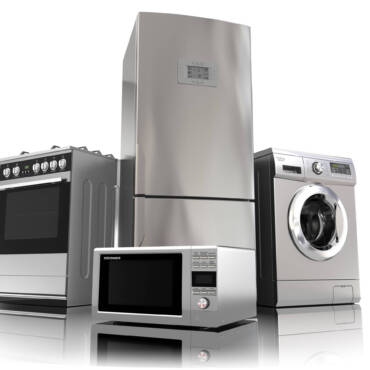Many people want a way to handle the inconvenience and potential losses associated with power outages. Generators are a way to provide power while the regular power supply is disrupted. While there are several different types of generators, they fall into two main categories: standby generators and portable generators. The two generators have many similarities, but also several important differences. Determining which one is appropriate for your home or business depends on your needs.
When you lose your power supply, which appliances do you want to run? Are you looking for a generator for convenience? Some people want to have their generators to operate refrigerators, heating units, air conditioners, or electrical cooking appliances like stoves or ovens. Unless there are some medical reasons where heating or cooling may be necessary for health, these are convenience uses. Other people need generators to preserve their property. For example, businesses that have refrigerators could lose thousands of dollars in inventory if they lose power. Homes and businesses may have sump pumps that require power in the event of flooding. Sometimes generators allow people to keep working and stay in business during power losses. For example, internet access is critical to many workers and generators may keep people connected to the internet until full power is restored. Finally, some people may need generators to preserve health or safety. Some people have medical equipment that requires a permanent power supply. Other people may be at-risk in temperature extremes and need a power supply to run HVAC systems when there is a power loss. Knowing what your power needs are can help you determine whether you need the consistent reliability of a standby generator or the affordable convenience of a portable generator.
A standby generator is a permanently installed generator that runs on natural gas or propane. It works automatically. They come on when there is a power loss and then shut off when the main power is restored. Generally, people do not need to do anything to turn on standby generators or to plug appliances into the standby generators. Instead, these generators are connected to the whole electrical system for a home or a business and can operate all of the home’s appliances, though it may not provide enough power to run all of the appliances in the home. Standby generators come in various sizes, which allow them to run appliances for homes and businesses of various sizes.
Portable generators are more temporary solutions for power losses. They are generally smaller capacity than standby generators and can be used to provide short-term power to a few appliances. They are also popular for camping, recreational uses, and to provide power in scenarios where there is no electrical supply. They are usually more affordable than standby generators, but they are less convenient to use for back-up power around the home. That is because they usually run on gasoline or other fuels, which means they cannot be operated in the home. They are often heavy and bulky. They require frequent refueling and storing that fuel in order to be prepared to use them. They also need extension cords to connect them to appliances.

